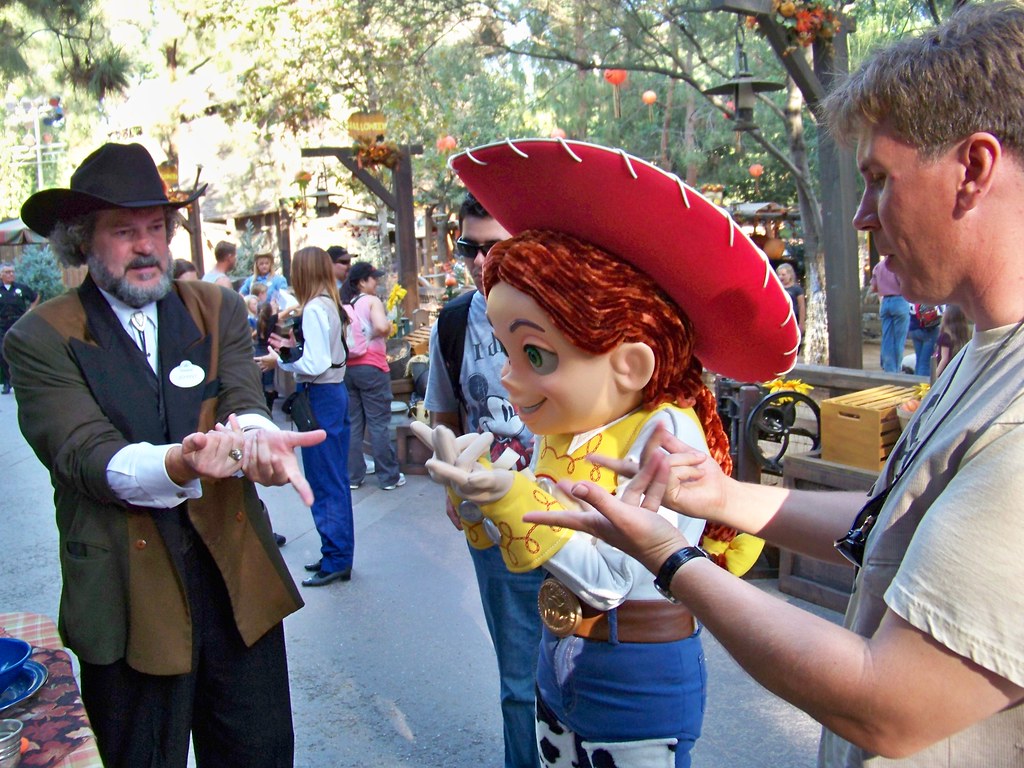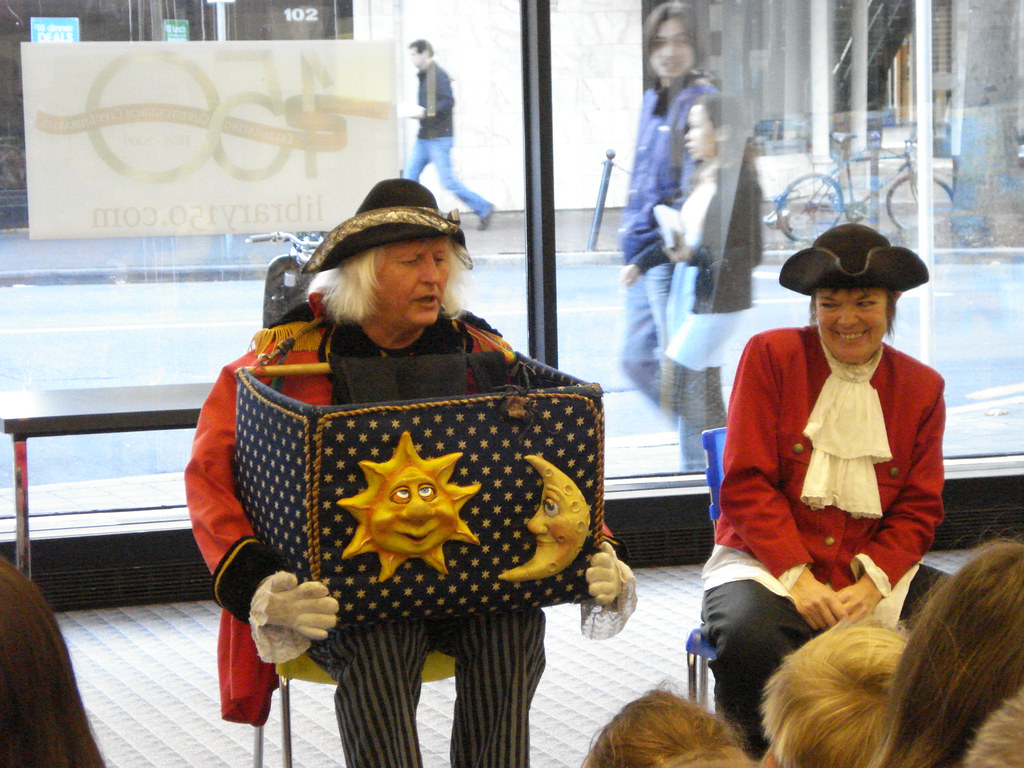In the world of magic, where illusion and danger intertwine, the line between captivating artistry and life-threatening peril often blurs. This art form has enchanted audiences for centuries, showcasing feats that challenge reality’s boundaries. However, beneath the applause lies a sobering truth: the potential for tragedy is ever-present, especially for those who push safety limits. The story of Charles Rowan, known as Karr the Magician, serves as a poignant reminder of the risks in high-stakes performances, highlighting the devastating outcomes when illusions falter.
The failure of magic performance led to the death of many magicians.
Karr’s final performance in 1930 was intended to be yet another showcase of his extraordinary talents, but it transformed into a haunting tale of misfortune. Locked inside a vat filled with water, he was to escape before succumbing to the perils of drowning. The audience, oblivious to the impending doom, was ready to witness what they thought would be yet another triumphant escape. However, as the minutes passed, the excitement morphed into dread as Karr found himself immobilized, unable to free himself from the constraints of his environment. The trick that was intended to showcase his skills turned into a tragedy that would ignite public fascination and debate over the nature of danger in magical performances.
This incident serves as a stark reminder of how the thrill of watching a magic act often lies in the perceived danger of the performance. Audiences are drawn to the idea that someone could lose their life at any moment, and this energy fuels the popularity of such acts. Indeed, it seems that the more perilous the act, the more it captivates the audience’s imagination. This phenomenon is not unique to Karr; rather, it resonates throughout the history of magic.
Take for instance the infamous Chung Ling Soo, the stage name of William Ellsworth Robinson, who met his untimely demise during a bullet-catching trick in 1918. Robinson’s reputation preceded him as a daring performer, yet he was also careless with the maintenance of his props. During one performance, the gun he used malfunctioned, leading to his tragic death on stage. His last words, “Oh my God! Something’s happened. Lower the curtain!” resonates through time, echoing the perils faced by those who dare to push the limits of performance arts.

The public had learned a lot from these tragedies.
These stories weave a narrative that highlights not only the dangers performers face but also the public’s insatiable appetite for the extraordinary. The phenomenon of staging life-risking stunts can be traced back through the ages, with each act carving its name in the annals of magic history. The allure of danger, coupled with the artistry of the performance, creates a compelling spectacle that keeps audiences coming back for more, even in the face of tragedy.
The story of Karr the Magician serves as a chilling parable of the magician’s role in society. The audience’s morbid curiosity and fascination can sometimes fuel a reckless pursuit of ever-greater feats of danger. This interplay between performer and spectator can create an environment where safety protocols may be overlooked in the quest for entertainment. After all, nothing spices up a magic show quite like the thrill of potential disaster. Yet, this thrilling aspect must be carefully balanced with the imperative of safety. A harsh truth emerges: no performance is worth a life. Even the most magnificent illusions can be undone by the harsh light of reality.
The consequences of such tragedies extend beyond the individual’s life; they impact the larger community of performers and audiences alike. Each tragic incident sends ripples through the world of magic, prompting reflections on best practices, safety precautions, and ethics in performance. The outcry following Karr’s death, for example, sparked conversations about the responsibilities that come with performing dangerous acts. It raises questions about accountability and the ethics of pushing the envelope when it comes to personal safety and audience well-being.
This dialogue is crucial for the evolution of magic as an art form. As history has shown, performers like Karr the Magician, Chung Ling Soo, and many others who have faced tragic accidents each contribute to a collective wisdom that guides future generations. Their stories serve as cautionary tales, reminding us that the allure of danger must be tempered with respect for the inherent risks involved in such performances. The legacy they leave behind is a testament to the need for a more profound understanding of the line between art and risk.
In essence, the world of magic is an intricate tapestry woven with threads of danger, fascination, and history. The tales of those who have lost their lives in the pursuit of illusion are essential narratives that reveal the complexities of performance art. As we engage with these stories, we are reminded of the delicate balance between entertainment and safety. It is a call to action for performers and audiences alike to acknowledge the risks involved in their pursuit of wonder and excitement. As we continue to celebrate the magic in our lives, let us also ensure that we create a safe space for those who dare to amaze us. After all, the greatest trick of all is ensuring that everyone walks away from the performance alive and enthralled, ready to return for another show of magic and mystery.
The tragic fate of Karr the Magician is not just a story of loss but serves as a mirror reflecting the bold aspirations, risks, and ethical considerations that define the world of magic. As we delve deeper into these narratives, we uncover not only the artistry behind the illusion but also the lessons that echo through time, urging us to cherish both entertainment and safety in the world of magic. Thus, we must carry forth the legacy of those who came before, learning from their story to enhance our appreciation for the magic that continues to captivate our hearts and minds across generations.
The aftermath of Karr’s tragic fate serves as a powerful lens through which we can examine the complex relationship between tragedy and the art of magic. In the years following his death, the magic community became acutely aware of the need for a reassessment of safety protocols and ethical considerations in performance art. It was not just about the spectacle anymore; it was about ensuring that the performers could continue to create wonder without risking their lives or the lives of their audience. Karr’s story became a cautionary tale, underscoring the inherent dangers faced by those who dare to tread the fine line between daring performance and reckless endangerment.

Stricter regulations and safety measures were put forward to protect magicians.
Following Karr’s untimely death, many magicians began to push for stricter regulations and safety measures for dangerous acts. This newfound awareness was not just about protecting the performer; it was about safeguarding the audience’s experience as well. The magic community, once characterized by its risk-taking and sometimes cavalier attitude towards safety, began to shift towards a culture that prioritized the well-being of all involved. This evolution was crucial for the future of magic as an art form, emphasizing that the thrill of danger should never come at the cost of life.
One of the key developments in the wake of these tragedies was the establishment of safety standards that performers could adhere to during their acts. Organizations began to emerge that provided guidance on best practices for magic shows involving dangerous elements. This included everything from ensuring that props were well-maintained and regularly inspected to having emergency protocols in place should something go awry during a performance. The rise of these standards marked a turning point in the world of magic, where the art of performance could continue to flourish without unnecessary risk.
Moreover, many magicians took it upon themselves to educate their peers about the importance of safety. Workshops, seminars, and conventions started to appear, focusing on how to perform stunts responsibly. These gatherings were not just about sharing tricks and techniques but also about fostering a culture of safety and accountability among performers. The narrative shifted from one of reckless abandon to one of mindful artistry, where each magician was encouraged to consider the implications of their acts.
The danger and thrill during the magic performances appealed to many audiences.
Karr’s story also sparked a broader conversation about the ethics of entertainment. The very concept of thrill-seeking in performance art was called into question. Audiences often craved the adrenaline rush that came from witnessing a near-brush with disaster; however, should that thrill come at the expense of the performer’s life? Such questions encouraged both performers and spectators to reflect on their roles in the ecosystem of magic. This dialogue became fundamental in shaping the evolving narrative of magic, one that embraced both wonder and responsibility.
The legacy of Karr the Magician also extends into the realm of public perception. The public’s intrigue with dangerous magic acts only intensified after the incident. The macabre allure of Karr’s final performance drew attention to the risks involved and ignited a fascination with the darker aspects of magic. Audiences were captivated not just by the potential for failure but by the stories that arose from such tragedies. This narrative of life and death became a compelling element of the magic show, leading to an increased demand for performances that offered a taste of danger, albeit with a renewed focus on safety.
In the years since Karr’s death, magic shows have evolved significantly. Contemporary magicians often incorporate elements of storytelling into their acts, providing context that heightens the thrill while maintaining a sense of safety. Modern performances are imbued with a layer of narrative that reflects on the history of magic, acknowledging the past while paving the way for future innovation. The once solo experience of a performer showcasing their skills has transformed into a collaborative effort that considers the audience’s experience and the performer’s safety alike.
The intertwining of tragedy and artistry has offered a new perspective on what it means to be a magician in the modern era. The legacy of those who have lost their lives in pursuit of creating wonder serves as a reminder that magic is not merely about illusions; it is about the humanity behind the performance. Each act carries with it the weight of history and the lessons learned from those who came before. This deepened understanding of the art form has fostered a sense of camaraderie within the community, as performers unite to create experiences that enchant audiences while ensuring their safety.
As we reflect on Karr’s legacy, it becomes evident that the world of magic is not just a battleground for daring stunts but a canvas for storytelling, creativity, and shared experiences. The evolution of magic in the aftermath of tragedy demonstrates a collective commitment to preserving the art while honoring those who have made the ultimate sacrifice in its name. It is a testament to the resilience of the magic community, where the spirits of predecessors guide the path forward, urging magicians to create spectacles that inspire awe without compromising on safety.
Karr the Magician’s narrative is intricately interwoven into the broader history of magic, illustrating the vital balance between wonder and responsibility. As the magic community evolves, the lessons derived from past misfortunes will continue to resonate within the realm of performance art. The sacrifices made by those who have lost their lives for the sake of entertainment serve as both cautionary tales and guiding lights for future magicians. In celebrating the art of illusion, we must also honor the legacy of our predecessors, ensuring that magic remains a safe and enchanting experience for all. Ultimately, true magic lies not merely in the illusions but in the lives enriched and memories created within the theater of dreams.
Related posts:
What Magician Died On Stage?
How did Houdini die? (Lies, Legacy & Death)
Harry Houdini




